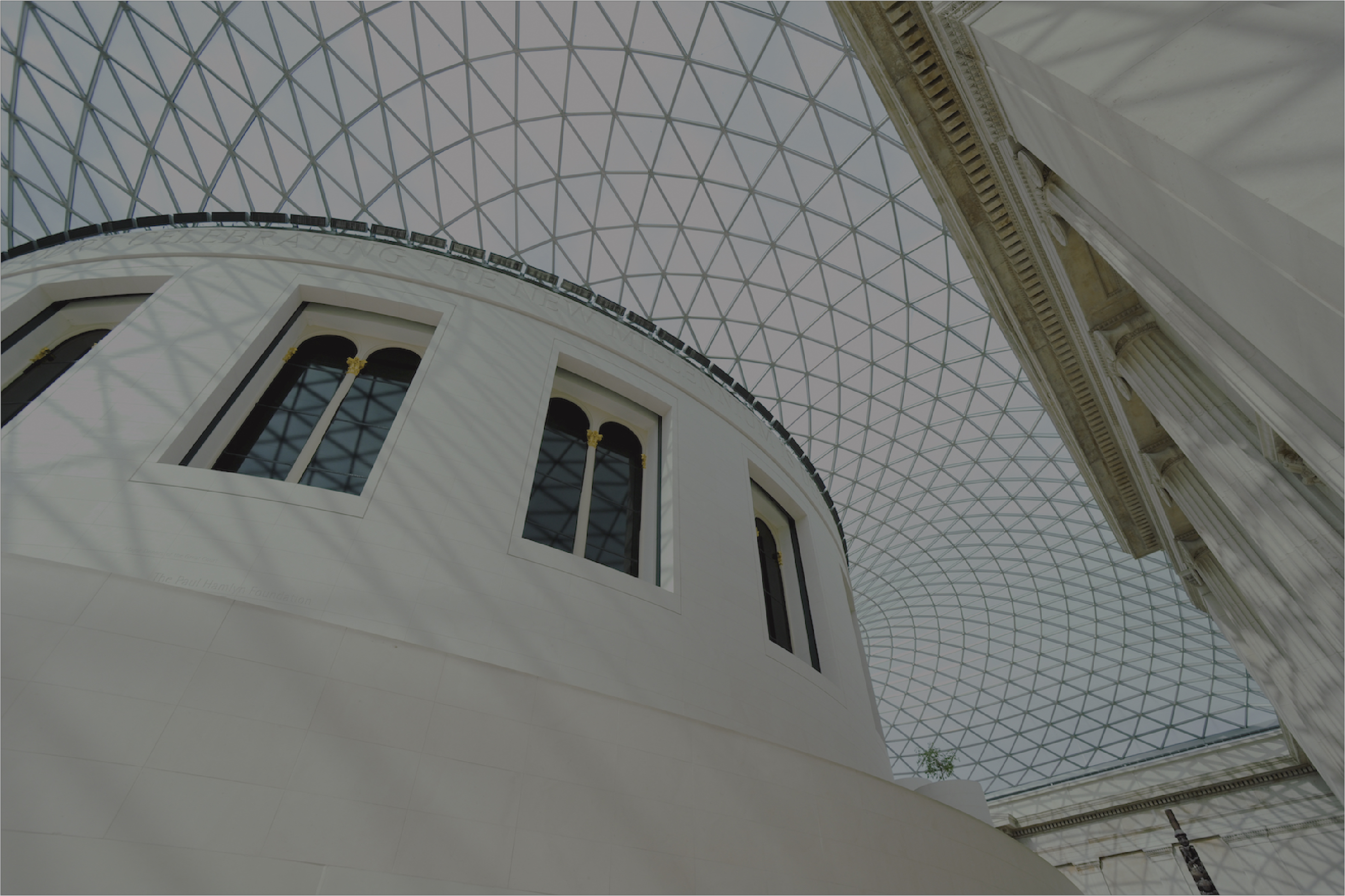In the wake of the war that followed the creation of the Israeli state in 1948, the former British mandate of Palestine was partitioned between Israel, Trans-Jordan and Egypt. This led to hundreds of thousands of Palestinians being displaced from their ancestral homeland in what is termed the ‘nakhba’ (“catastrophe”). Today, Palestinians live in the West Bank, the Gaza Strip and East Jerusalem with the aim of one day creating an independent national state. At the moment the West Bank and Gaza Strip are physically separate, although they could be linked by road in future. There are approximately 4.3 million Palestinians living in the Territories (approximately 2.6 million in the West Bank and East Jerusalem, and 1.7 million in Gaza). It is estimated that the overall Palestinian population included refugees exceeds 10 million.
Disagreements with Israel (which have not infrequently spilled over into violence), shifting levels of support from the European Union, United States and United Nations and divisions within the Palestinian community itself and its Arab neighbours over the size and nature of such an entity have hampered progress on this front. The politics of present day Palestine are complex; however the dominant political groups are Fatah and Hamas. Fatah favours a more secular model of governance whereas Hamas advocates a style of governance that wishes society to be governed by Islamic norms. The West Bank the dominant political authority is Fatah (established in 1994 under the Oslo accords) and Hamas runs the Gaza Strip after waging a violent campaign for control against Fatah in 2007 and subsequently winning the 2009 elections. The Palestinian president, elected by all Palestinian people, is Mahmoud Abbas and in June 2013 Rami Hamdallah replaced Salam Fayyad as prime minister. There is a legislative council and local authorities, and ministries of finance, health, education, transport, agriculture, interior, justice and labour. It should be noted that the West Bank and Gaza operate separate security forces and judicial systems.
The location of the Palestinian Territories is geographically excellent, forming an economic and cultural platform and point of contact between three continents – Europe, Asia and Africa. The combined area of the West Bank and the Gaza Strip (WBGS) is 6,020 km², which constitutes 23% of the area of pre-1948 Palestine under the British Mandate and is about one third the size of the State of Israel. The West Bank covers 5,655 km², is 130 km long and ranges between 40 and 65 km in width. The land area of the Gaza Strip is equal to 365 km², and is 40 km long and 5-12 km wide. The Gaza Strip is mainly coastal plain and sand dunes, while the West Bank is more diverse, featuring four topographic zones. The Jordan River Valley is a fertile plain, offering excellent conditions for agricultural production, while the Eastern Slopes overlooking the Valley are a rocky, semi-arid area, leading down to the Dead Sea. The Central Highlands constitute the largest zone, rising 1,000 meters above sea level in places, and a semi-coastal zone is found in the west and north-west. As a Mediterranean country, the climate in the Palestinian Territories is hot and dry in summer, but wet and mild in winter.



